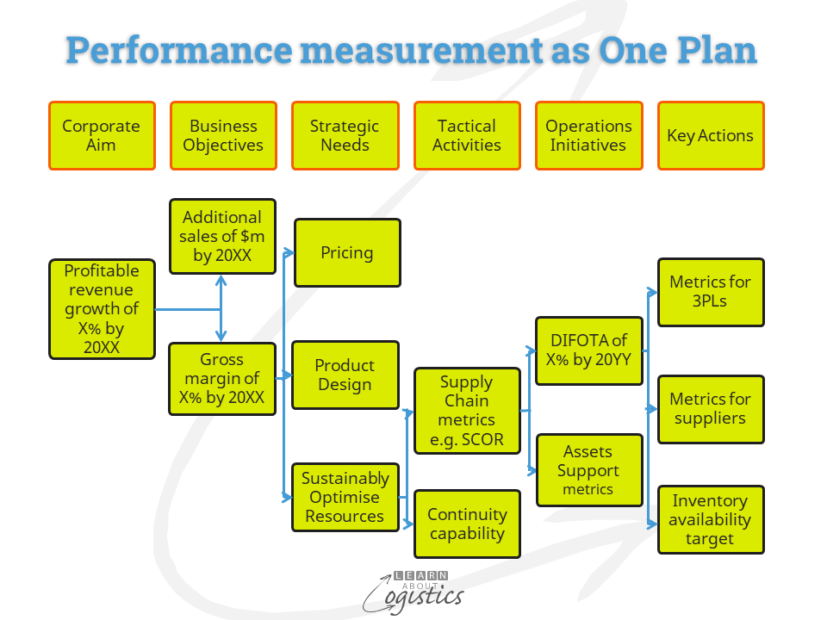Be prepared for anything to happen and at the most inconvenient time!
Whatever resources an enterprise invests in its supply chains, the supply network will never be perfect – from nowhere something can happen that wrecks your carefully calculated plans.
The conference organiser eft has recently provided links to articles concerning ‘things that have gone wrong’ in different supply chains, across industries and situations:
- On-line fashion retailer – IT problems at their new international warehouses delayed logistics operations and reduces profitability
- Sportswear brand company – unable to satisfy demand in North America, requiring the use of air freight at additional cost
- Beverage products company – delay of new product launches caused by new equipment installations at contract bottlers taking longer than planned
- Fast food retailer – shortage of key ingredient at a supplier results in menu items being deleted
- Meat supplier – fire at a large facility causes a shortage of packaged meat for retail customers
- Electronics company – move the final assembly of a new product from China to Thailand, caused by increasing tariffs in the US on goods from China
- Rail Freight – on-time deliveries of goods to customers affected by the implementation of a new freight rail scheduling system
These examples illustrate that challenges in supply chains do not have a pattern. Living with Uncertainty is part of the supply chain professional’s job. Uncertainty leads to emergent (i.e. unknown) situations with cumulative results, which are impossible for your organisation to manage But the supply chain group must respond.
To be confident that your response to Uncertainty is the best available, you can work within a three pronged approach:
- One Plan for the organisation, which enables all employees to work with the same overall Aim and Objectives
- Management by Walking Around (MBWA) – you only get half the story (or less) by sitting in front of a computer screen. The objective for a manager in supply chains should be to spend 40 percent of their time devoted to MBWA
- Plan B ready to implement when things go wrong
And the successful outcome from this approach requires a mindset from managers that:
- Managing is mainly about allocating resources effectively to get a job done by others
- A team manager cannot always have the right or best answer and
- Control is what the team does, not their manager
As unplanned events do not happen every day, recognising improvements in response to events will take time to achieve. Persevere, together with the support of senior management, can provide impressive results.
One Plan
Flexibility in the execution of plans is core to the success of an organisation’s supply chain group (procurement, operations planning and logistics), but flexibility can only work if there is a structure to planning the activities.
The One Plan approach contains four linked planning horizons, developed with co-operative input from affected parties (which could include customers and suppliers) and an understanding by user groups of the output decisions:
- Business Plan: provides the business objectives for a period into the future and the framework for decisions and action
- Sales and Operation Plan (S&OP): within the scope of the business plan, balance the demand (or potential sales) by product family, the available capacity (of equipment, people and supplies) and working capital
- Master Plan: based on S&OP product family outputs, plan each stock keeping unit (SKU) availability using materials, capacity and distribution planning tools
- Execution Schedules: define the order in which the operational activities of acquisition, materials conversion and distribution will occur
For your One Plan to succeed there must also be a One Performance Plan. The diagram illustrates possible linked performance measurements for supply chains (they will differ between organisations).

This approach allows all involved in the organisation to understand what each measurement is for, how they relate to the corporate Aim and contribute to one of the Business Objectives.
The One Performance Plan approach enables managers and supervisors at each level in the organisation to use a relevant objective that they and their team can work towards (which can sometimes be called a vision statement).
Management by Walking Around (MBWA)
Supply Chains include critical facilities – shops, warehouses and distribution centres, factories and planning offices. As a manager, being at the ‘coal-face’ and talking with people who work there continues to be an important part of the job.
MBWA is not just a ‘walk around’, but an opportunity to understand the actual story behind the numbers. Always treat the numbers with caution until you understand the real situation; through observation, asking questions and evaluating responses.
In supply chains, MBWA commences as close to the end user of the item as possible and then works back through distribution, inbound logistics to suppliers. A manager of a function within supply chains commences with their customer(s) and works back through the people in their function to whoever supplies them with inputs.
The Business Plan should provide a manager with an understanding of what the organisation is aiming to achieve for customers, employees and suppliers. This is not profit, which, while necessary, is an outcome from achieving the purpose of the organisation.
Being clear about the purpose of the organisation enables the framework for questions by a manager:
- Problem question: “what do you want to achieve”, followed by “what stops you from achieving”
- Solution questions: “what if…” and “why not…”
MBWA must be done with conviction and a respect for others, valuing their input. Be clear about what you mean and do not use ‘weasel’ words (the politician’s language of non-commitment). If this is done, you are better able to challenge your staff in achieving their best to meet the purpose of the business.
Plan B in your back pocket
As supply chains are inherently uncertain, you can never be sure that the current plan will be concluded successfully. But where and in what circumstances will your supply chains fail? That can be identified through a risk management analysis of your supply chains.
The underlying information for a supply chain risk analysis is provided by understanding the elements of Uncertainty, which are Complexity, Variability and Constraints. The two main questions in the subsequent risk assessment are “what is the likelihood of a failure to supply at this node or link in the supply chain?” and “what are the possible consequences if failure happens?”
With this knowledge, a Logistician will know the potential weak points in a supply chain and have built into the planning system a process to identify potential options in the event of failure. Plan B is then available, but even then, may not always be successful.
This approach to Uncertainty is not one that will appear in a job description, but it is one that can work if the culture of the organisation allows it to flourish.

